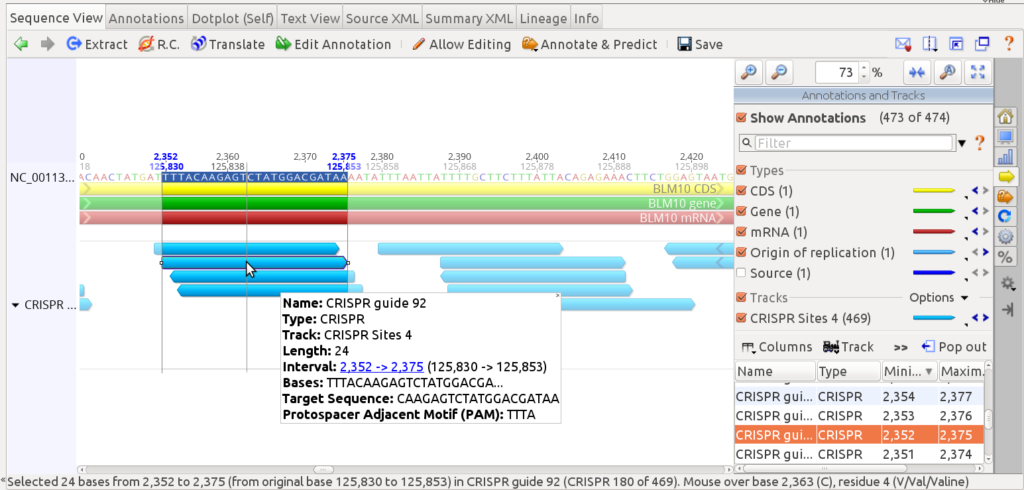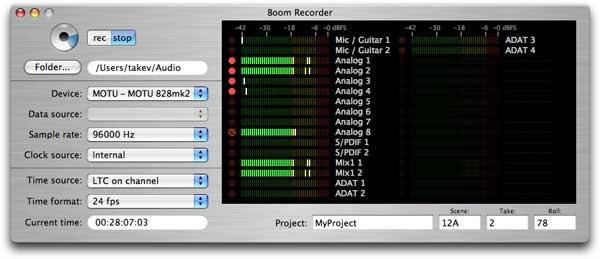

However, insight into the evolutionary trajectory of signaling receptors involved in the recognition of bacterial signals and subsequent activation of the pathways leading to nodule organogenesis and bacterial infection remains elusive.

These two genes likely experienced genetic adaptations, allowing them to function exclusively in nodulation. Subsequently, the nodulation trait most probably was lost multiple times, which is associated with the pseudogenization of two key genes essential for nodule organogenesis and bacterial infection: the transcription factor NODULE INCEPTION ( NIN) and the coiled-coil protein-encoding gene RHIZOBIUM POLAR GROWTH ( Griesmann et al., 2018 van Velzen et al., 2018). bacteria has a shared evolutionary origin, dating to about 110 million years ago ( Griesmann et al., 2018 van Velzen et al., 2018, 2019). Based on phylogenomic comparisons of nodulating and nonnodulating plant species, it is hypothesized that the nitrogen-fixing nodule symbiosis with rhizobium or Frankia spp. and rhizobium nitrogen-fixing nodulation trait occurs in 10 paraphyletic lineages within the orders Fabales, Fagales, Cucurbitales, and Rosales, collectively known as the nitrogen-fixing clade ( Soltis et al., 1995). The unique character of nitrogen-fixing nodule symbiosis has raised the interest of plant researchers for more than a century, ultimately aiming to transfer this trait to nonleguminous crop species ( Burrill and Hansen, 1917 Rogers and Oldroyd, 2014 Huisman and Geurts, 2019). Carbohydrates of plant origin fuel this energy-demanding process. Inside nodules, physiological conditions are created that allow the bacteria to convert atmospheric dinitrogen (N 2) into ammonia that can be used by the plant. One such strategy is establishing a nodule endosymbiosis with nitrogen-fixing Frankia or rhizobium bacteria. Plants have acquired different strategies to overcome this limitation. Nitrogen availability is a critical factor for plant growth, but fixed nitrogen in the form of nitrate or ammonia in soils is limited. PanLYK3 also acts as a chitin oligomer receptor essential for innate immune signaling, demonstrating functional analogy to CHITIN ELECITOR RECEPTOR KINASE-type receptors. Furthermore, we found that both PanLYK1 and PanLYK3 are essential for intracellular arbuscule formation of mutualistic endomycorrhizal fungi. use orthologous LysM-type receptors to perceive rhizobium LCOs, suggesting a shared evolutionary origin of LCO-driven nodulation. Phylogenetic and functional analyses associated the occurrence of a functional NFP2-orthologous receptor to LCO-driven nodulation. These genes evolved from ancient duplication events predating and coinciding with the origin of nodulation. andersonii: PanLYK1, PanLYK3, PanNFP1, and PanNFP2. We identified four LysM-type receptors controlling nodulation in P. By conducting phylogenetic analysis, transcomplementation studies, and CRISPR-Cas9 mutagenesis in Parasponia andersonii, we obtained insight into the origin of LCO receptors essential for nodulation.

However, the evolutionary trajectory of LysM-type LCO receptors remains elusive. bacteria share an evolutionary origin about 110 million years ago. Recent phylogenomic comparative analyses indicated that the nodulation traits of legumes, Parasponia spp., as well as so-called actinorhizal plants that establish a symbiosis with diazotrophic Frankia spp. japonicus) and LYSM DOMAIN CONTAINING RECEPTOR KINASE3 (MtLYK3)-NOD FACTOR PERCEPTION (MtNFP M. Studies in the model legumes Lotus japonicus and Medicago truncatula showed that rhizobium LCOs are perceived by a heteromeric receptor complex of distinct Lys motif (LysM)-type transmembrane receptors named NOD FACTOR RECEPTOR1 (LjNFR1) and LjNFR5 ( L. Both symbioses are initiated upon the perception of rhizobium-secreted lipochitooligosaccharides (LCOs), called Nod factors. Rhizobium nitrogen-fixing nodule symbiosis occurs in two taxonomic lineages: legumes (Fabaceae) and the genus Parasponia (Cannabaceae).


 0 kommentar(er)
0 kommentar(er)
